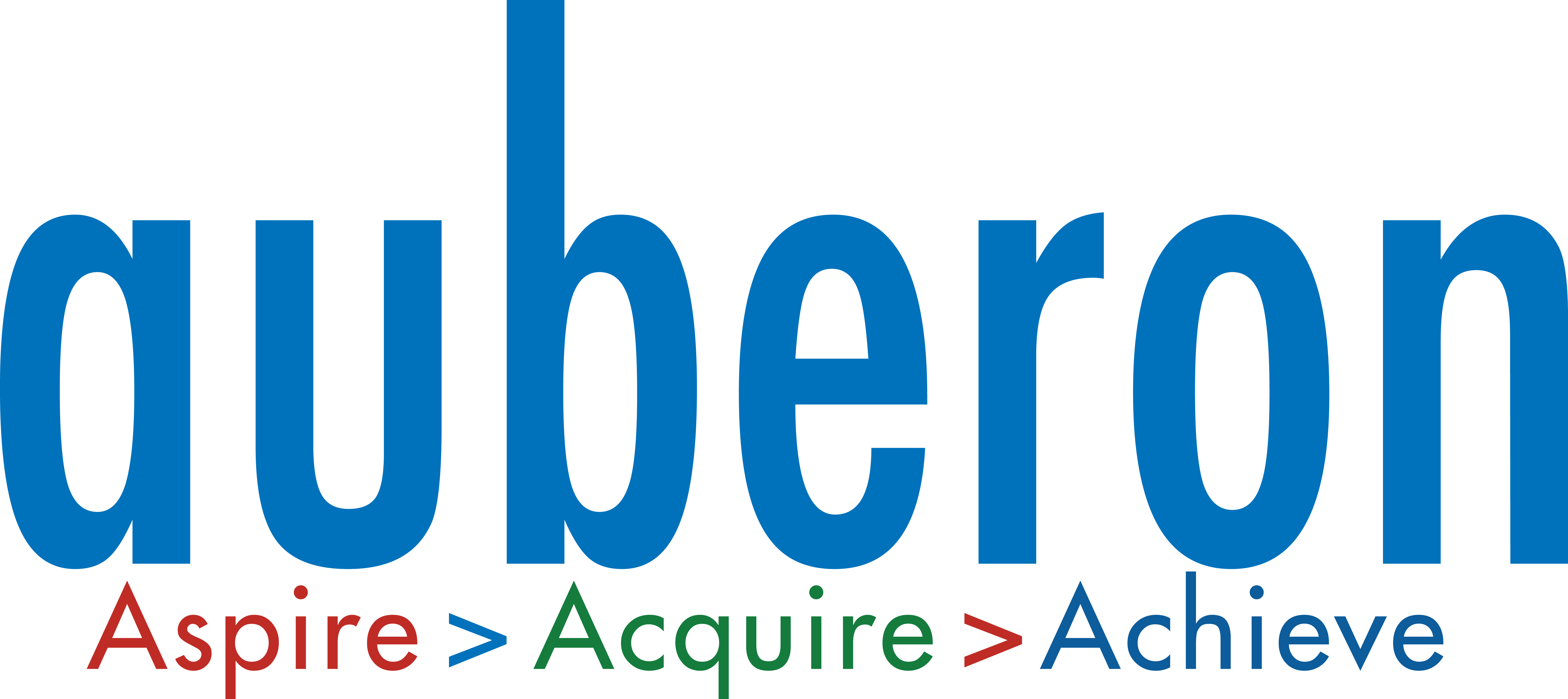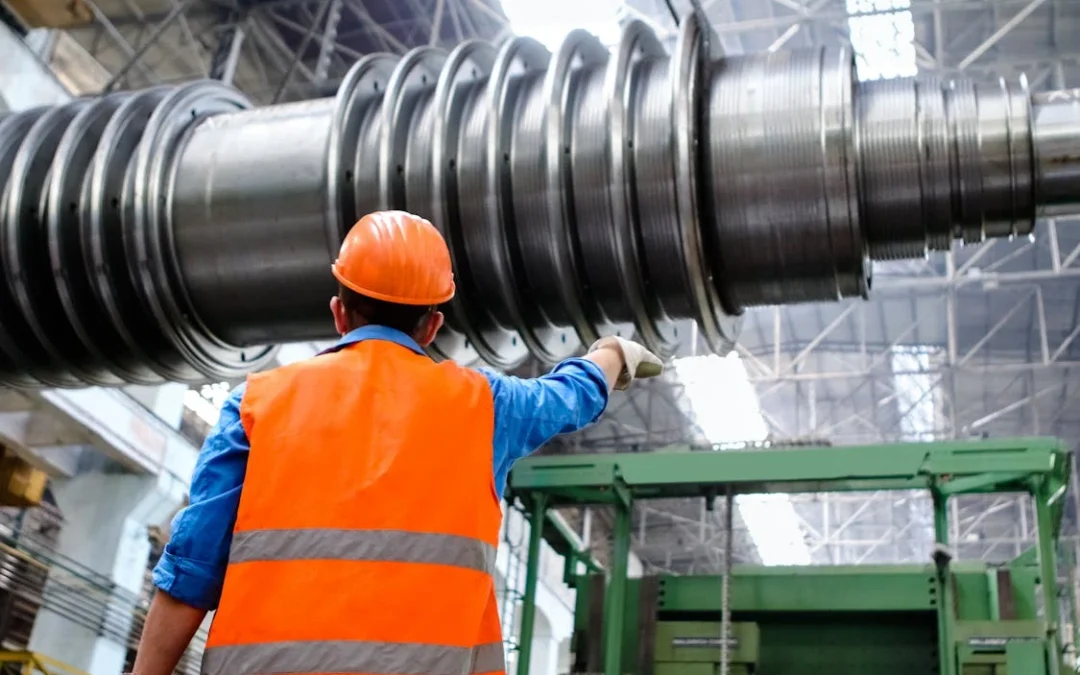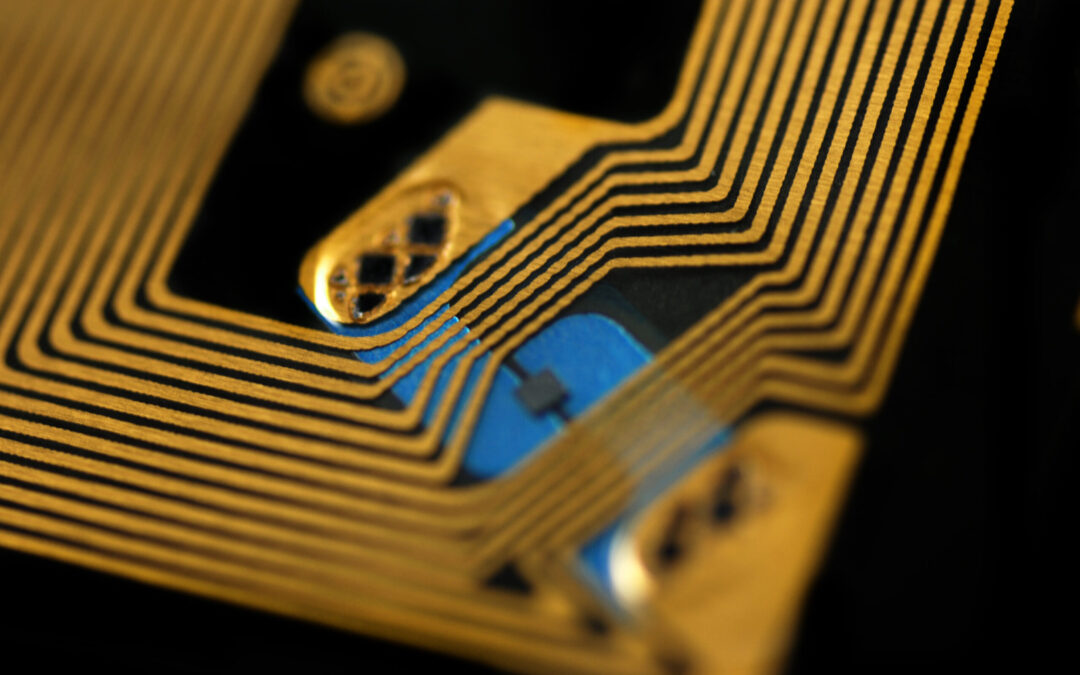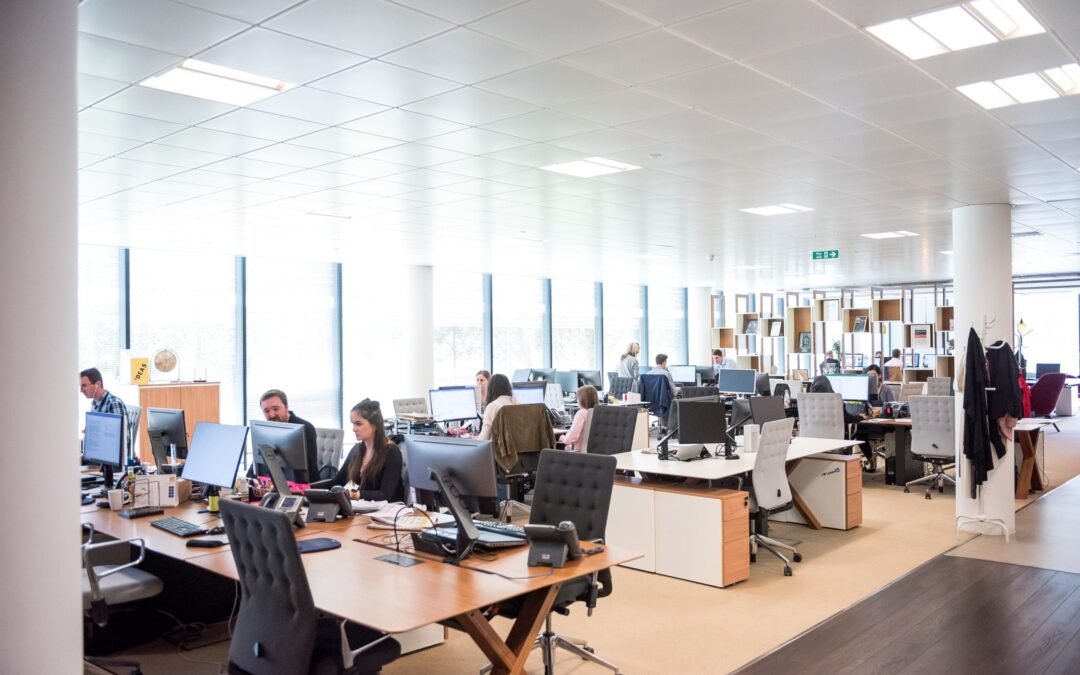Introduction:
In the dynamic and demanding environment of healthcare facilities, effective management is crucial to ensure operational efficiency, patient safety, and regulatory compliance. Computer Aided Facility Management Systems (CAFM) have emerged as indispensable tools for achieving these objectives. By integrating technology into facility management practices, CAFM systems provide a robust platform for managing resources, tracking maintenance activities, and enhancing the overall functionality of healthcare institutions.
Asset Management:
Efficient asset management is crucial in healthcare settings, where the availability and functionality of medical equipment directly affect patient care quality and safety. CAFM systems play a pivotal role by providing comprehensive asset tracking, ensuring that all equipment and resources are efficiently managed. This robust tracking capability minimizes the risk of asset loss, streamlines maintenance processes, and optimizes the lifecycle management of assets, ultimately enhancing operational efficiency and reducing costs.
By utilizing an integrated facility management system, healthcare facilities can maintain a detailed and up-to-date inventory of all medical equipment and assets. This includes tracking their location, usage history, and maintenance records, which is essential for ensuring that equipment is readily available and functioning correctly when needed. Such detailed oversight helps prevent equipment shortages and ensures that maintenance is performed on schedule, reducing the likelihood of unexpected failures.
Moreover, these systems support the optimization of asset lifecycles by providing valuable performance data. Facility managers can analyze this data to make informed decisions about when to repair, replace, or upgrade equipment, ensuring that assets are used effectively and efficiently throughout their lifespan.
Maintenance Management:
Facilities rely heavily on well-maintained equipment, and integrated facility management systems are essential for ensuring that devices and facilities are regularly inspected and serviced. These systems minimize downtime and ensure compliance with industry standards by enabling proactive maintenance schedules. CAFM systems streamline operations by generating and assigning automated work orders based on predefined schedules or real-time equipment performance data. This automation ensures that maintenance tasks are promptly addressed, reducing the risk of equipment failure and extending the lifespan of critical assets.
Furthermore, these systems facilitate preventive maintenance by scheduling regular inspections and servicing. This proactive approach helps prevent unexpected equipment failures and ensures that all devices operate safely and efficiently. By adhering to maintenance schedules, facilities can avoid costly repairs and downtime, enhancing overall operational efficiency and reliability.
Inventory Management:
Efficient inventory management is critical in healthcare facilities to ensure that essential supplies are always available. A CAFM system enhances inventory management by providing real-time inventory tracking, which allows facilities to monitor inventory levels and avoid both stockouts and overstock situations. It also features automated reordering, enabling the setting of thresholds for automatic replenishment of critical supplies, ensuring timely restocking. Additionally, the system analyzes usage patterns to optimize inventory levels, reducing costs and minimizing waste.
Energy Management:
Energy management is a growing concern for healthcare facilities aiming to reduce operational costs and environmental impact. Incorporating energy management modules in CAFM systems helps monitor and reduce energy consumption by tracking and analyzing energy usage patterns across different departments and equipment. This detailed monitoring allows organizations to identify opportunities for energy efficiency improvements and implement energy-saving measures, leading to significant cost savings and a reduced carbon footprint. Additionally, the CAFM system supports sustainability efforts by generating reports on energy usage and sustainability initiatives, which are crucial for green building certifications and compliance with environmental regulations.
Service management:
Implementing an integrated facility management system offers several opportunities to enhance the management of Service Level Agreements (SLAs) and work order processes. The system allows for meticulous tracking of work orders from initiation to completion, ensuring transparency and accountability throughout the maintenance lifecycle. It enables facility managers to monitor progress in real-time, facilitating timely interventions and efficient resource allocation. Notifications and alerts can be configured to notify both contractors and facility managers promptly in case of SLA breaches, promoting quick resolution and adherence to service commitments. This proactive approach not only improves control over maintenance activities but also helps minimize downtime and manage costs effectively.
Administration and Command & Control:
Effective administration and command and control are critical for coordinating diverse facility management activities and ensuring a safe and efficient healthcare environment. Utilizing a CAFM system provides several advantages, such as granting access permissions based on user roles, which enhances security and operational efficiency. The system consolidates reports from various departments into a single portal, streamlining the managerial process and facilitating informed decision-making. Additionally, it centralizes contractor and vendor information, improving contract management by notifying administrators of upcoming contract expirations. For command and control, the system allows simultaneous monitoring and management of multiple locations from a unified portal, providing real-time oversight of activities across different facilities. This integrated approach enhances operational transparency, efficiency, and overall management effectiveness in healthcare facility operations.
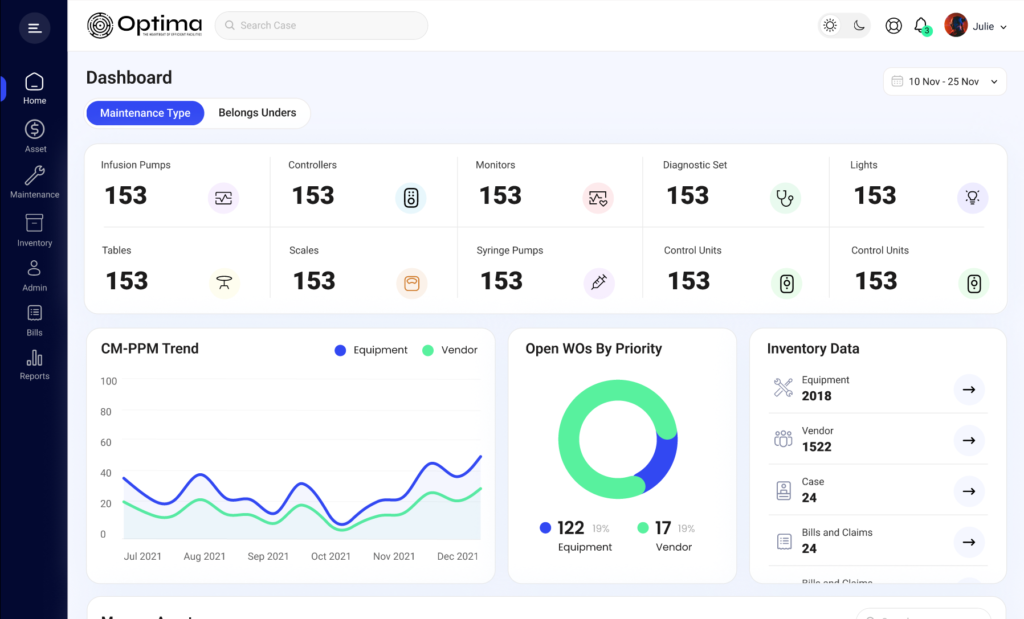
Space Management:
Space is often a premium resource in various sectors. CAFM systems help manage space more effectively by providing detailed floor plans, tracking room usage, and optimizing the allocation of space. This ensures that critical areas are utilized efficiently, and administrative spaces are allocated appropriately.
Integration:
A robust Computer Aided Facility Management System can seamlessly integrate with all the systems implemented within a facility, enhancing overall control and efficiency. For instance, it can connect with the Building Management System (BMS), enabling real-time notifications on the CAFM dashboard whenever a trigger occurs in the BMS. This integration significantly improves facility safety and optimizes power consumption. Additionally, a CAFM system can integrate with Building Information Modeling (BIM), providing more precise and effective maintenance processes. It can also work with Real-Time Location Systems (RTLS) for asset tracking, offering real-time information on asset locations for better control. Furthermore, integration with financial systems allows for comprehensive monitoring of maintenance expenses, aiding in informed decision-making and efficient budget management
Conclusion:
In the competitive and resource-intensive environment of healthcare facilities, effective management of assets, maintenance, inventory, and energy is crucial. Auberon Technology’s CAFM system offers healthcare facilities a powerful tool for optimizing the management of assets, maintenance, inventory, energy, and administrative operations. By adopting best practices and leveraging the full capabilities of our CAFM system, healthcare facilities can enhance operational efficiency, reduce costs, and improve the overall quality of care provided to patients.
For more information on how Auberon Technology’s CAFM system can transform your healthcare facility, contact us today and embark on the journey towards efficient and effective facility management.
